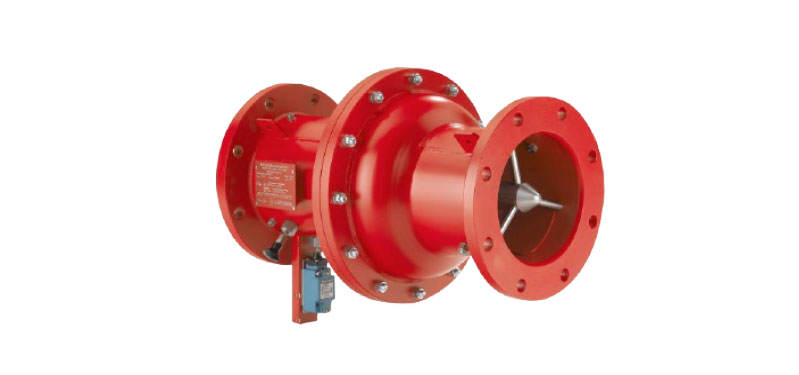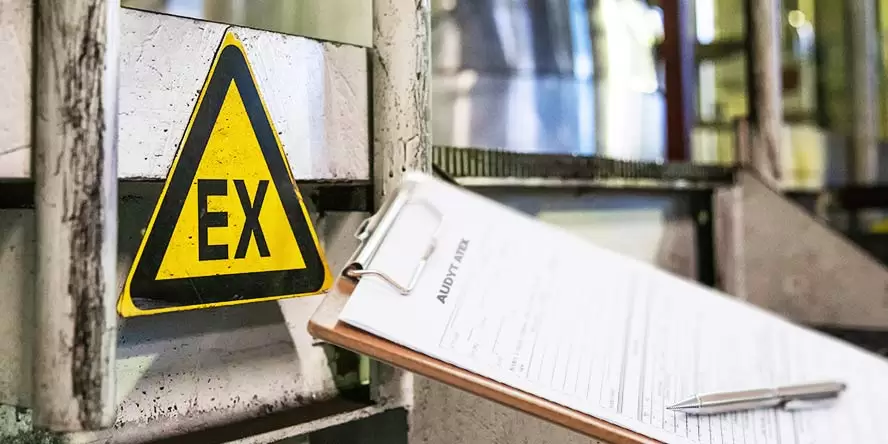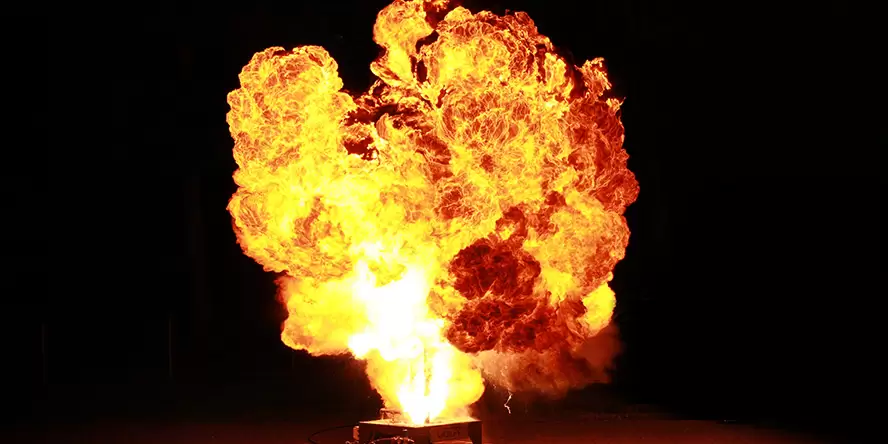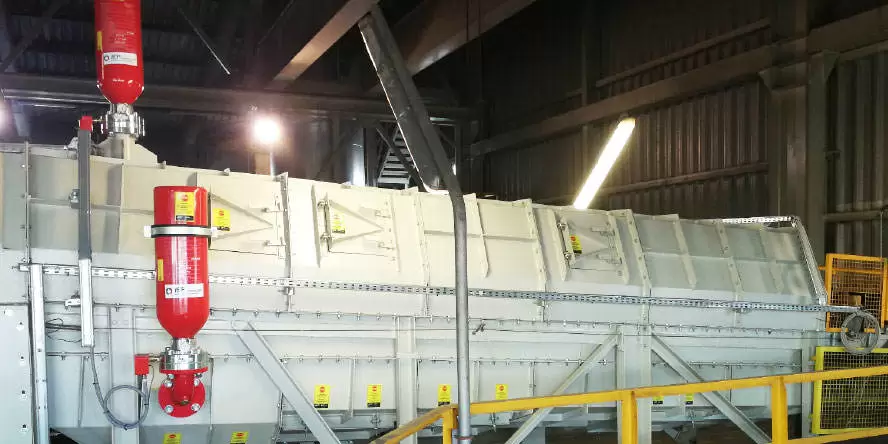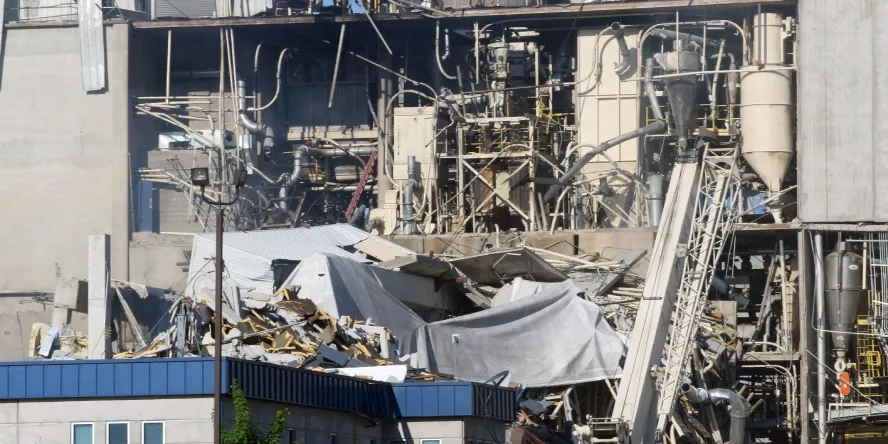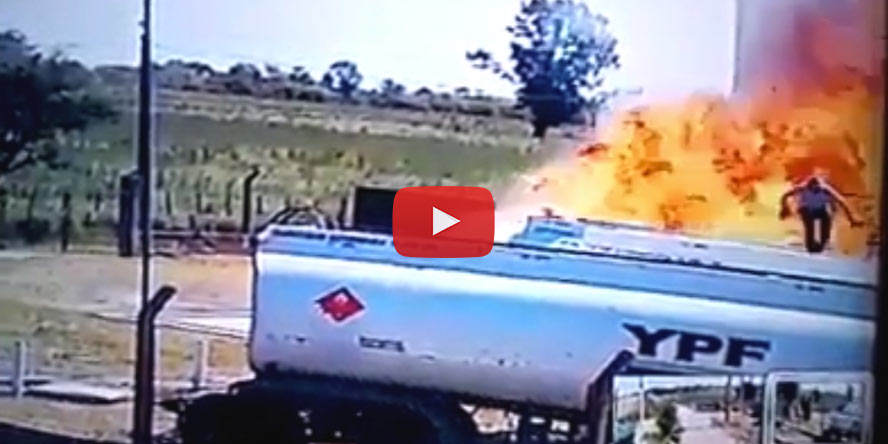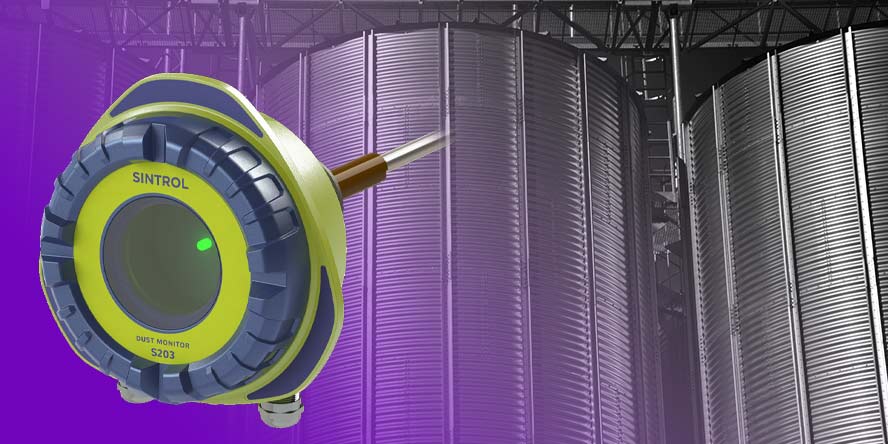VENTEX ESI explosion isolation valves
The VENTEX explosion isolation valves are available in a wide variety of sizes and versions for passive explosion isolation. The valve is intended for installation in the ductwork of dust extraction / separating systems, positive or negative pressure handling systems, drying systems, or granulation systems. In most cases, the valves are resistant to the maximum explosion pressure. The valve closes against the explosion pressure wave propagating in the ductwork. The dedicated double bellmouth-shaped closure of the explosion isolation valve minimizes the disturbance of the passing flow.
The explosion isolation valve is approved for application with combustible and flammable gases, dusts and gas and dust mixtures. Whenever the flow in the valve is loaded with dust, the dust content must not exceed the limits specified in the product technical data. This is imposed by the double bellmouth closure, which is pressed against a dedicated seal when the explosion isolation valve closes. Here, the alignment tolerance is very narrow and between 0.1 and 0.15 mm. An excessive dust concentration in the flowing medium may result in deposits on the valve seal or its abrasive wear, leading to incorrect explosion isolation performance.
The VENTEX explosion isolation valve has a very broad selection of product versions. It is available in a wide range of diameter (from DN100 to DN50), it can be installed in horizontal or vertical orientation, and provide single or two-directional isolating action. The material versions include regular steel and stainless steel, and there is a version with an active closing mechanism.
The valves are easy to service and usually require one technical inspection a year. High concentration of dust in the flow passing through the valve can be problematic. A valve seal failure qualifies the entire valve for shipping back to the manufacturer for seal replacement with a properly sized spare part. This process requires special tools and cannot be completed on site. The replacement will require one month of shutdown of the protected installation or installation of a spare VENTEX explosion isolation valve.
Applications
- In-line installation in ductwork or piping between processing units which are at risk of internal explosion;
- The explosion isolation valve closes immediately when triggered by an explosion in one of the interconnected processing units (and prevents the risk of explosion propagation through the ductwork / piping to other parts of the system);
- Applied in ductwork and piping which carry gases with low concentrations of dust (e.g downstream of filter and upstream and downstream of batch dryers).
Specifications
- VENTEX ESI application limits:
- Dust with a steady max. Kst ≤ 400 bar × m/s;
- Gas with a steady max. Kst ≤ 100 bar × m/s;
- Gas and dust mixtures with a steady max. Kst ≤ 300 bar × m/s (DN400 to DN 600) or 400 bar × m/s (DN 100 to DN 300);
- Explosion pressure: min. > 0.05 bar; max. 14 bar abs;
- Max. gas flow rate: 20 (25) m/s;
- Ex protection type: II 1 DG IIB / 2 DG, permitted operating Ex-zones (internal / external): 0 /1; 20 / 21;
- The air flow shall be dry and with a max. dust concentration of 20 g/m3;
- Material(s): carbon steel or stainless steel; stainless-steel internal components; horizontal or vertical orientation of installation;
- Operation: the explosion isolating closure is maintained in the valve centre by an axial spring in ESI-E/D models;
- ATEX-compliant design.

